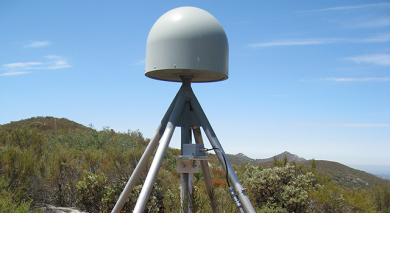NASA’s Jet Propulsion Laboratory, in cooperation with Scripps Institution of Oceanography at UC San Diego, USA, is trying to upgrade GPS technologies to use them for early warning systems for hazards like earthquakes, tsunamis and extreme weather events.
Their success with local systems was presented by weather forecasters at NOAA National Weather Service Offices in San Diego. The presentation included tracking of real-time rain event and flash flood warnings.
This technology could also be used for damage assessments for hospitals, bridges and other infrastructure points and will enable decision makers and first responders to better coordinate emergency response actions. "These advancements in monitoring are being applied to public safety threats, from tall buildings and bridges to hospitals in regions of risk for natural hazards," said Yehuda Bock of Scripps Institution of Oceanography in California, USA. "Meaningful warnings can save lives when issued within one to two minutes of a destructive earthquake, several tens of minutes for tsunamis, possibly an hour or more for flash floods, and several days or more for extreme winter storms."
The technology is based on a combination of GPS, accelerometer, pressure and temperature data - space and ground obtained. Many GPS stations receive constantly signals from GPS satellites to determine their exact positions. Furthermore these stations send additional information about water levels and vapor. Especially, the measure of water vapor helps forecasters to monitor weather development.
The technology improves also earthquake early warning by analyzing the very first moments of an earthquake in real time. By detecting the initial arrival of seismic "P" (primary) waves, which travel through Earth the fastest, at the upgraded GPS stations, it is possible to predict the arrival of slower-traveling seismic "S" (secondary) waves that cause the most intense shaking.
Planning is underway to integrate the technology into early warning systems for tsunamis and earthquakes and for infrastructure monitoring.

